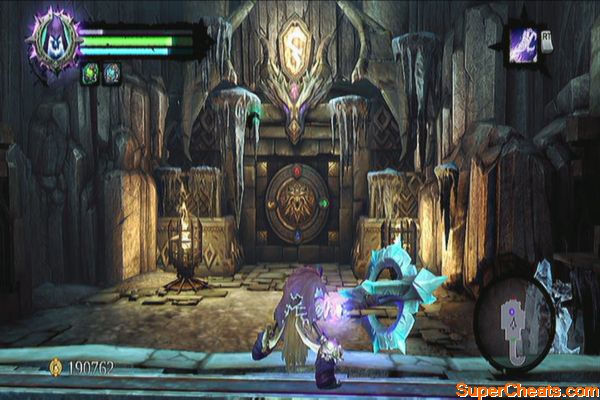

During the 15th century it became a common Christian practice to represent such figures as dead (usually on biers). The deceased were represented not as corpses but as souls living in heaven, with their hands pressed together in adoration and the symbols of their salvation beside them. Throughout the Middle Ages it was common to inter bodies in churches, monasteries, and chapels, with depictions of the deceased on carved or painted plaques, or as life-size gisants (reclining sculptured figures, usually lying on their backs) placed above them. The church building itself sometimes functioned as a tomb ( e.g., Hagia Sophia in Istanbul was the tomb of Justinian). This concept appeared in the Roman catacombs, the walls of which were decorated with scenes of the resurrected in paradise. In medieval Christian thought, the tomb was considered an earthly prototype and symbol of a heavenly home. In many cultures and civilizations the tomb was superseded by, or coexisted with, monuments or memorials to the dead sometimes, as in ancient Greece, the bodies were burned and the ashes put in funerary urns. Laughter that comes from tickling is called gargalesis, and aside from primates the only animal known to experience it is the rat. This was the practice in most Egyptian tombs and from such painted pictures and statuettes, particularly in Old and Middle Kingdom tombs, a vivid picture of Egyptian life can be gained. It became more common, however, to substitute statues or painted images for human beings. 2334 bc), which contained the bodies of more than 60 attendants. Typical is the tomb of Queen Shub-Ad of Ur (Early Dynastic Period in Mesopotamia, c. In very early times, royal dead were apparently provided not only with all manner of necessary objects but also with actual servants, who were put to death at the time of the burial so that they might continue to serve their master. Being thought of as houses, such tombs were often lavishly provided with clothes, utensils, and furniture, so that they are major sources of knowledge about the cultures that built them. They were sometimes domical and sometimes rectangular, depending on which form was in common domestic use when the tombs began to be built. With the more advanced technology of early civilizations, brick and stone tombs appeared, often of great size, but still preserving primitive house forms. Thus prehistoric tomb barrows were usually built around a round hut, in which the body was placed, along with tools and other personal effects for use in the next life. In many primitive cultures the dead were buried in their own houses, and the tomb form may have developed out of this practice, as a reproduction in permanent materials of primeval house types. Tomb, in the strictest sense, a home or house for the dead the term is applied loosely to all kinds of graves, funerary monuments, and memorials. SpaceNext50 Britannica presents SpaceNext50, From the race to the Moon to space stewardship, we explore a wide range of subjects that feed our curiosity about space!.

Learn about the major environmental problems facing our planet and what can be done about them!
#Kingdom of the dead tomb location how to#
COVID-19 Portal While this global health crisis continues to evolve, it can be useful to look to past pandemics to better understand how to respond today.Student Portal Britannica is the ultimate student resource for key school subjects like history, government, literature, and more.From tech to household and wellness products. Britannica Explains In these videos, Britannica explains a variety of topics and answers frequently asked questions.This Time in History In these videos, find out what happened this month (or any month!) in history.#WTFact Videos In #WTFact Britannica shares some of the most bizarre facts we can find.Demystified Videos In Demystified, Britannica has all the answers to your burning questions.Britannica Classics Check out these retro videos from Encyclopedia Britannica’s archives.


 0 kommentar(er)
0 kommentar(er)
